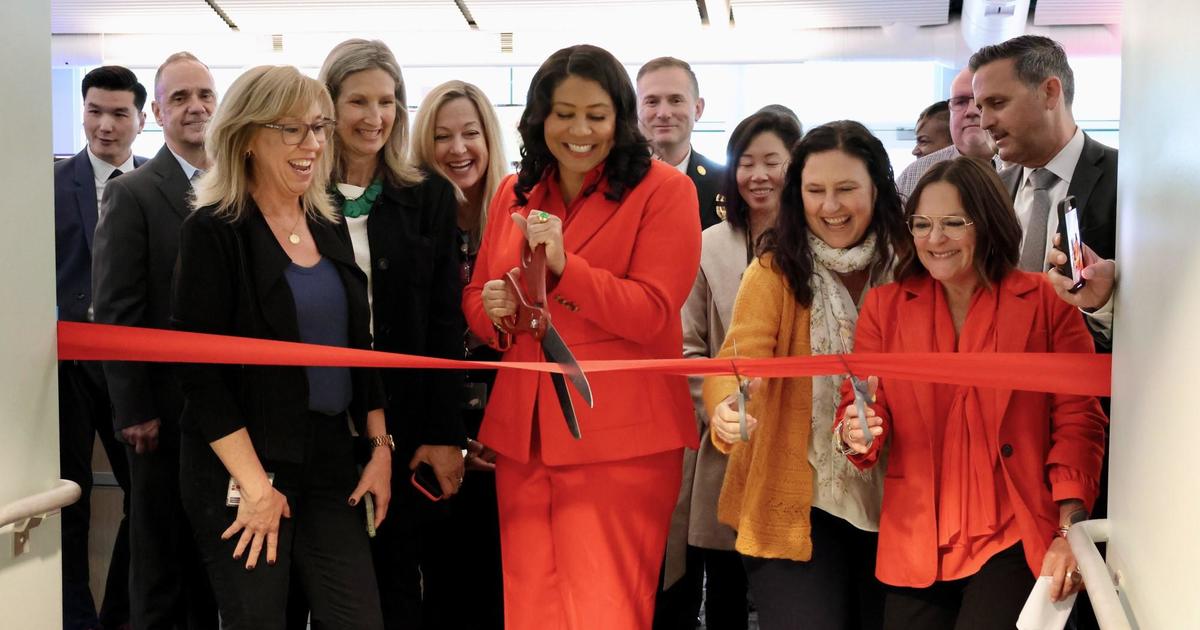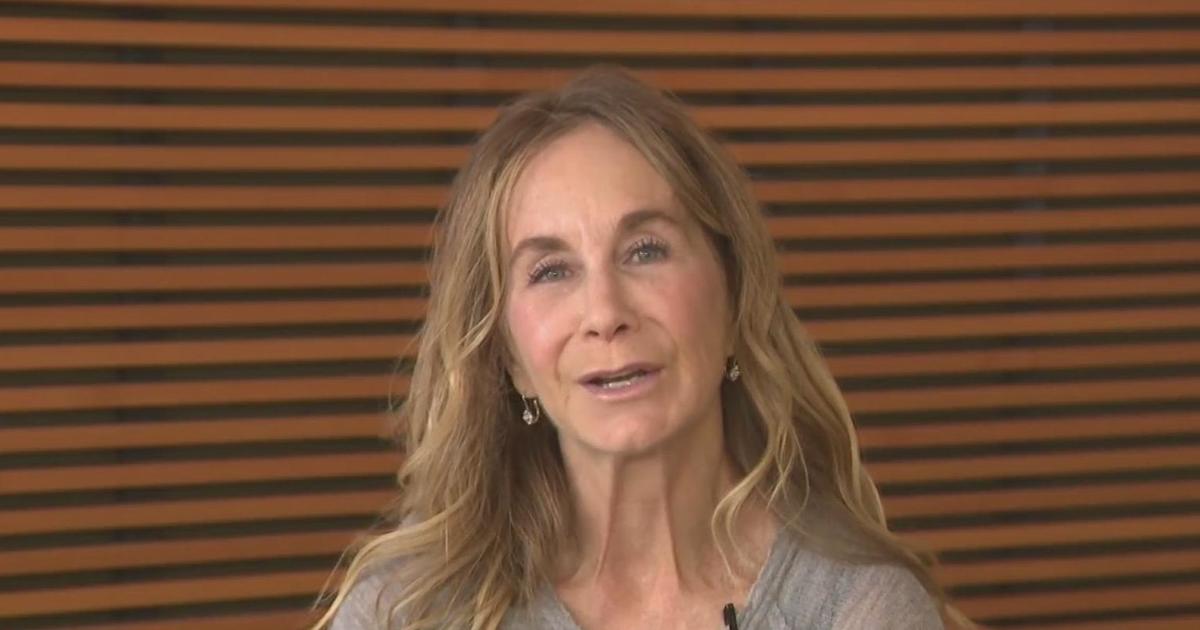Apollo 11 Splashdown Day: Reflecting On Lessons Learned 50 Years Later
by Juliette Goodrich and Molly McCrea
SAN FRANCISCO (CBS SF) -- July 24, 2019 marks the 50th anniversary of the safe return of the Apollo 11 astronauts to earth.
The Bay Area erupted into a spontaneous celebration. People poured out of their office buildings, as their colleagues opened the windows of the high rises, and threw streaming sheets of paper onto the street. Drivers honked their horns and the San Francisco Presidio marked the occasion by firing off cannons.
More than half a billion people around the world witnessed eight days of the historic mission: from the blastoff, to the landing on the moon; the first time humans walked on the moon's surface; and the successful splashdown into the Pacific Ocean.
APOLLO 11 SPLASHDOWN: San Franciscans react to word of astronauts' safe return
In 2019, the Bay Area marked the anniversary with parties, concerts and special events.
The Chabot Science and Space Center in Oakland had an day-long event on Saturday, which was jam-packed with interactive exhibits and with kids, families and space enthusiasts. The focus on the moon landing mesmerized many in the crowd.
"I think it's beautiful, " said Vivienne Phillipsen.
"I think it was pretty amazing," said Troop 13 Boy Scout Eli Morgan. Morgan traveled with a group of scouts from Newcastle.
"50 years later, it's a big deal," remarked co-scout leader and computer engineer Chris Somers.
Another notable event: the musical tribute called "Out of this World" at the San Francisco Symphony. Co-hosting the event was retired NASA astronaut Leland Melvin.
"It blows your mind when you think about what we did in 1969," exclaimed Melvin.
For the past week, the Bay Area has been over the moon about the moon. KPIX 5 asked what people see when they gaze up at it in the sky.
"I see possibility, I see vision, I see just the audacity of what we can do as a people when we work together," remarked Branden Brough.
"This was an epochal moment in the history of humanity," noted Professor Andrew Fraknoi, professor emeritus at Foothill College. He is currently teaching astronomy at the Fromm Institute for Lifelong Learning at the University of San Francisco.
Fraknoi sees the moon as a Rosetta stone to the solar system.
"Seeing what's happened on the moon is a key to understanding our own history." explained the astronomer.
The Apollo 11 astronauts brought home 842 pounds of moon rocks. The rocks were a weird mix: some were similar to the rocks found on Earth, but others were different. Upon analysis, a surprising new theory emerged about the moon.
"This is a great story." Fraknoi remarked.
Based on the analysis of these rocks, scientists now believe the moon was created when a small planet collided with earth billions of years ago. Fraknoi explained that the collision sent rock debris from both planets into orbit around the world, and that over the years, that debris or rocks from both bodies, eventually merged together and became our moon.
"So it's a giant ancient catastrophe that we think lead to the moon," concluded Fraknoi.
The Apollo 11 astronauts also set up several experiments on the moon. One is still operating. The Laser Ranging Retroreflector uses corner cube reflectors and a laser at the McDonald Observatory in Texas to measure the distance between the moon and earth.
This experiment confirms that the moon is slowly moving away from planet earth at about an inch and a half every year.
"The moon landing has allowed us to measure it in amazing precision." noted Fraknoi.
Scientists believe the interaction between the moon and earth, with its resulting tidal action, is slowly pushing the moon away. Fraknoi noted that over millions of years, the earth 's spin has slowed down and the days have gotten longer.
And while nothing significant will happen in our lifetime because of the celestial estrangement, one day in the very distant future - most likely billions of years from now - humans may no longer enjoy a total eclipse of the sun.
"That won't happen any more if the moon moves further way. It looks smaller in the sky and it will no longer be able to cover the sun completely," explained Fraknoi.
One last great lesson from the moon missions was the moon dust. It is so fine that it got into everything.
"That dust turned out to be a major issue for the astronauts," said Fraknoi.
The astronauts suits and boots were covered in this ultrafine dust. The crew had to be careful not to bring too much into the capsule as it would get into the air and make breathing hard. This information will help the astronauts of the future.
"Any settlements that we put on the moon or any future missions are going to have to make sure that their equipment, their habitats and their suits are ready to face the challenge of moon dust," explained Fraknoi.
Any future mission would also have to take into account the composition of the space suits. 50 years ago, the suits were made to face the biggest challenges of landing on the moon: including the moon dust, radiation, and if struck by a rock, they had to be sturdy enough not to rip apart.
Everyone we spoke to at the Chabot space center can't wait to get astronauts back into space and face that challenge as well as others. As to where we should go next? Some said the moon, others said Mars. But Branden Brough, Deputy Director of the Molecular Foundry at the Lawrence Berkeley Lab, said it best.
"Everywhere our imagination takes us," said Brough, who brought his wife and young daughter to the Chabot moon event.



